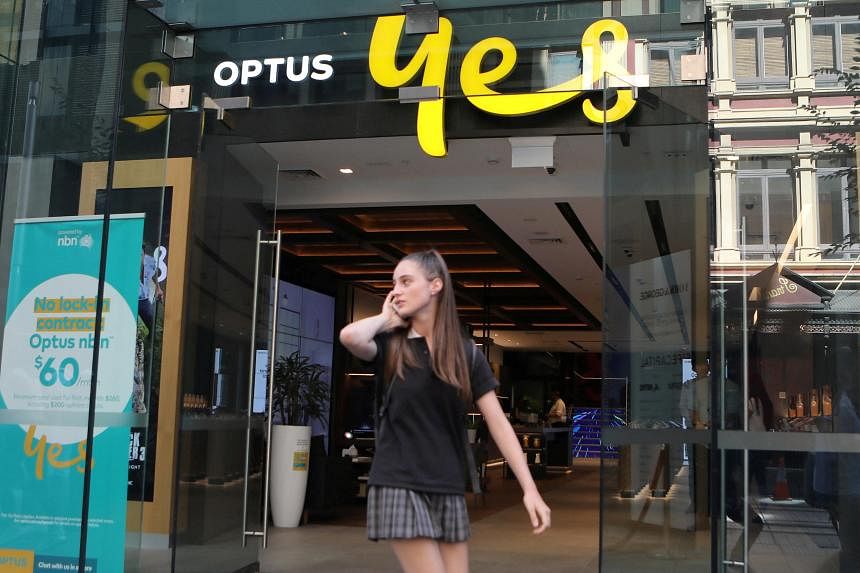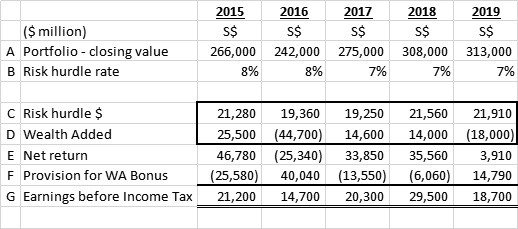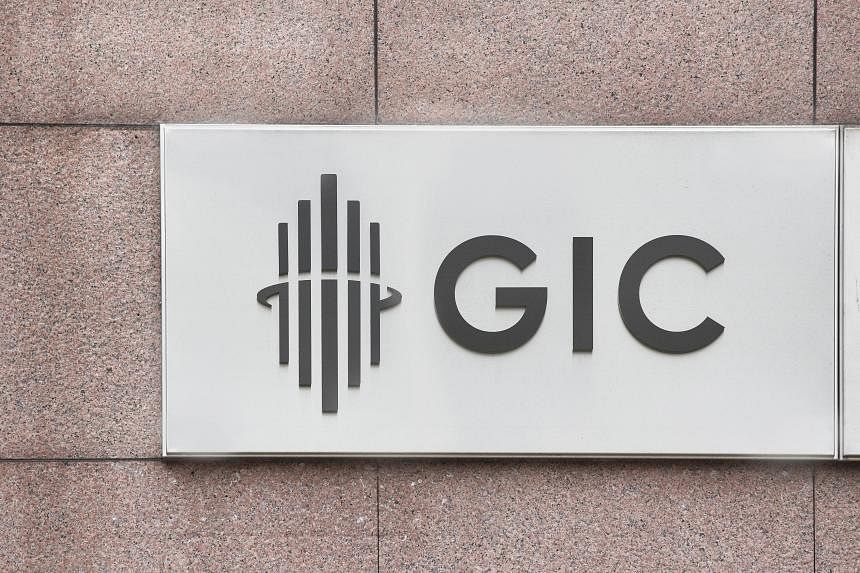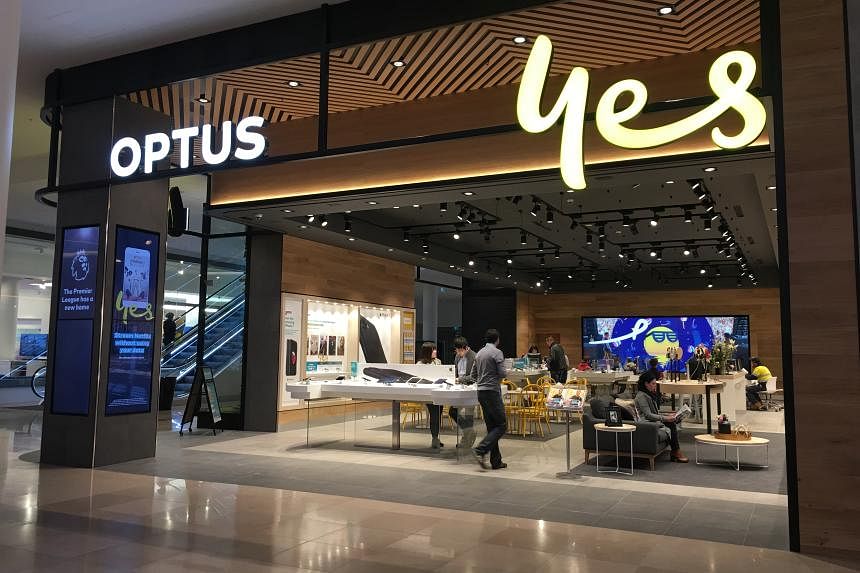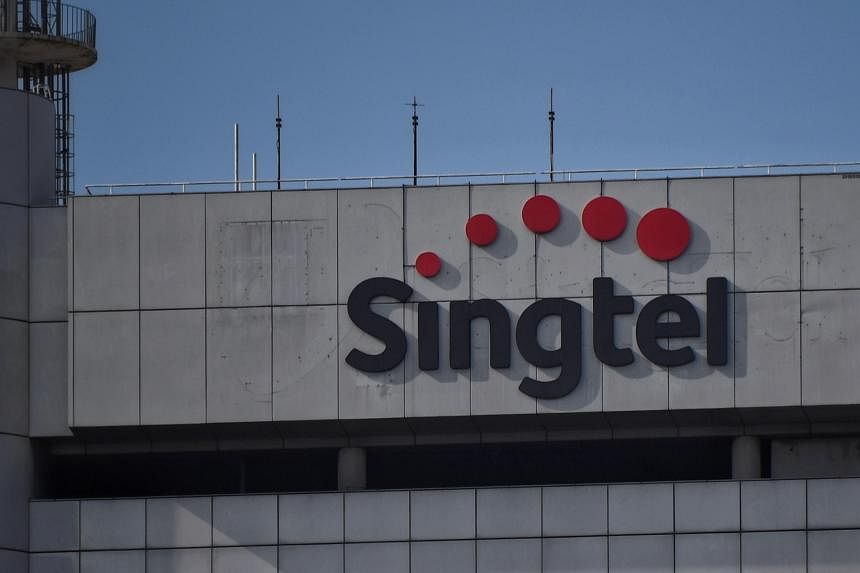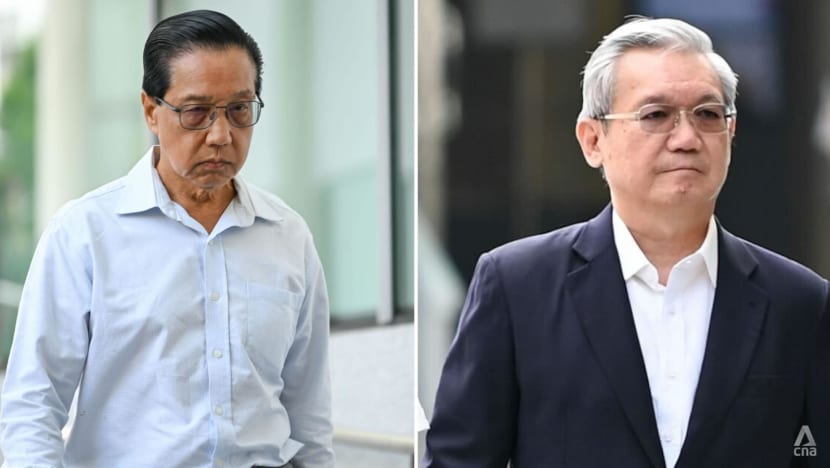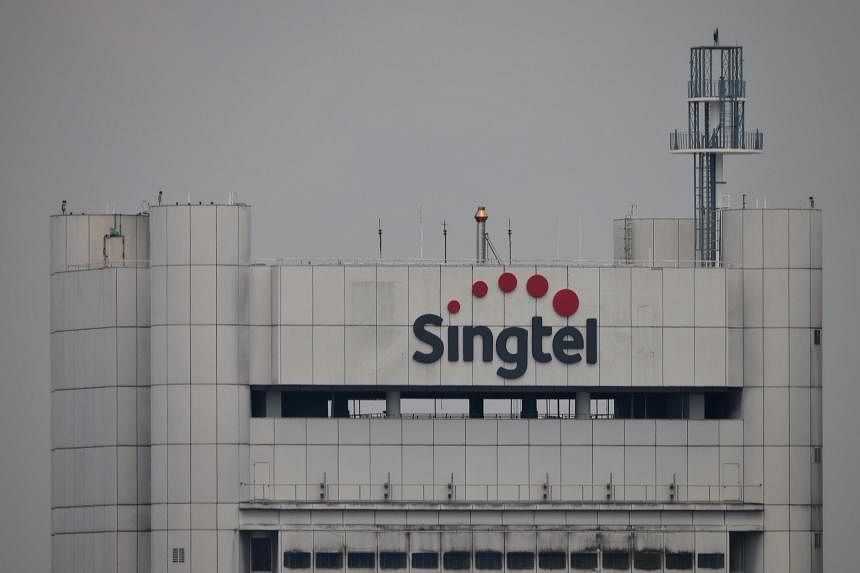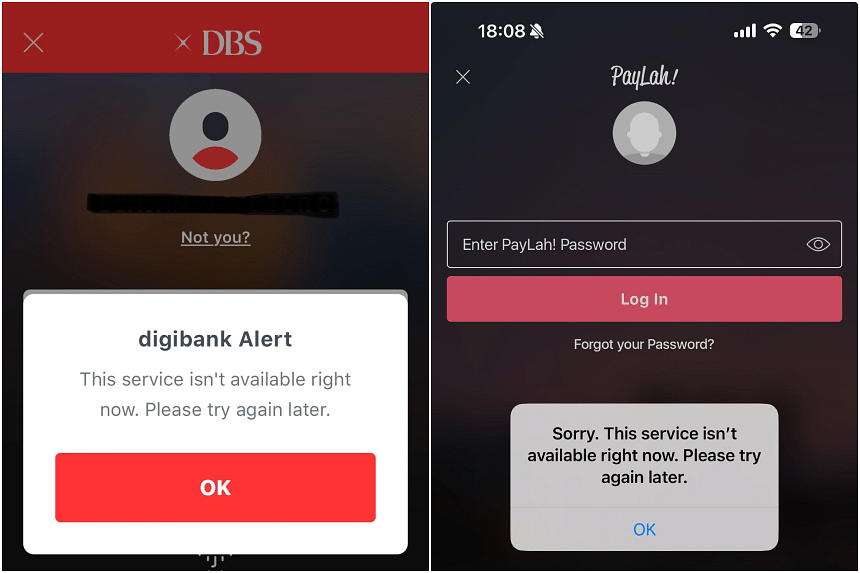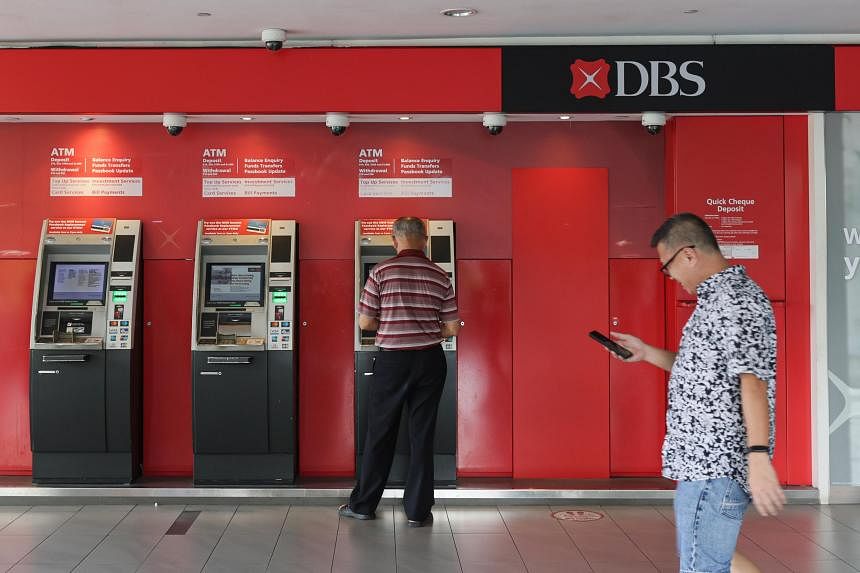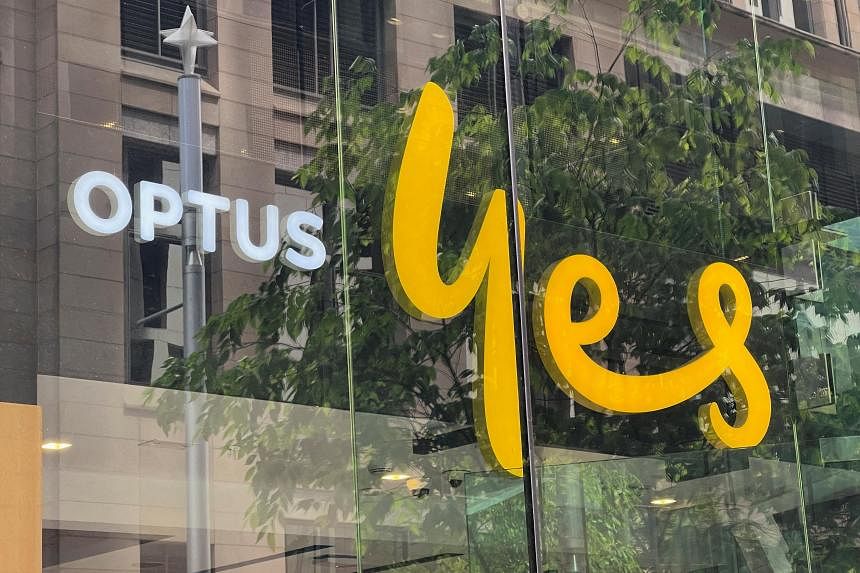Optus services restored across Australia after almost 14 hours; CEO apologises for outage
Optus is the Australian unit of Singtel and has more than 10 million customers. PHOTO: REUTERS
NOV 8, 2023
SYDNEY – Optus said its services have been restored after a major outage that affected millions of Australians earlier on Wednesday.
The blackout lasted almost 14 hours, The Sydney Morning Herald reported.
“We know that customers rely on our network, which is why the whole team at Optus has been working hard to fix this,” an Optus spokesperson told The Straits Times.
“The network has now been restored, and customers should now be able to be back online.”
Optus’ chief executive Kelly Bayer Rosmarin has apologised for the incident.
In an interview with ABC News, she said the cause was a “technical network issue”.
Ms Rosmarin added that a “thorough, root-cause analysis” would be conducted by the company. It will then provide further details.
“In my 3½ years as the CEO of Optus, we’ve never had an outage of this nature,” ABC News quoted her as saying.
“It’s a very rare occurrence, but unfortunately it does happen. It happens to telcos all around the world. It happens to other telcos in Australia.”
Optus is Australia’s second-largest telecommunications provider.
It has more than 10 million individual customers – about 40 per cent of Australia’s population – and hundreds of thousands of business customers.
Optus is also the Australian unit of
Singapore telecoms company Singtel.
In an earlier interview with Melbourne radio station 3AW, Ms Rosmarin said the company has done all it can to provide “excellent service”.
“Nobody works harder to make sure our customers are looked after and trusted. All telcos occasionally have outages, and we hope our customers will understand how hard we’ve been working to restore services as a priority.”
During an interview with Sydney radio station 2GB, Ms Rosmarin was asked if she would step down from Optus following the second crisis at the company in over a year.
She said that her focus was on restoring services for customers.
Wednesday’s outage was reported at around 4am local time (1am Singapore time), the BBC said in a report.
The blackout crippled payment systems and online operations.
It also led to morning peak-hour chaos as train networks and ride-share services were down briefly in some cities.
Ms Rosmarin ruled out a cyber attack.
She said the telco’s customers may be entitled to compensation for the outage, according to a Sydney Morning Herald report.
“Of course we are looking at what we can do to thank customers for their patience,” she told 3AW.
Chaos
For one talkback radio caller, the first sign that something was wrong came when her cat’s Wi-Fi-powered food dispenser failed to serve breakfast at 6.10am and her pet woke her.
For disability pensioner Chris Rogers, who needs painkillers for a knee injury that prevents him from working, the problem became apparent when he drove 30 minutes to the pharmacist and his electronic prescription could not be filled.
“Because of the outage, it won’t load,” Mr Rogers told Reuters, while waiting at the pharmacist for Internet services to return.
“Reception is flat out. It is crazy, I have never seen such chaos.”
Many took to X, the platform formerly known as Twitter, to express their frustration and disappointment.
“Without my phone, I pretty much can’t do anything. I’m looking for a bank, and when you can’t go onto your phone and Google, pretty much you are lost,” said Ms Angela Ican outside the Optus store in Sydney’s Central Business District.
Construction worker Kyle, who did not give his full name, said he wanted answers from Optus.
“I was running late for work and couldn’t let my boss know. When I got on-site, I couldn’t find my boss – it’s been a big day,” he told Reuters.
Small business owners told Reuters they either relied on regular customers to pay them back once Internet services were restored, or gave customers an option to pay cash or come back later.
“We are a A$4,000 (S$3,500) to A$5,000-a-day business, and we’ve lost about A$1,000 in coffee sales this morning,” said Mr Roderick Geddes, owner of Pirrama Park Kiosk in Sydney, which was unable to process electronic payments.
Online society
For millions of Australians who could not pay for goods, book rides, get medical care or even make phone calls, a near-total service blackout became a lesson in the risks of a society that has moved almost entirely online.
In the three years to 2022, Australian cash transactions halved to 16 per cent as pandemic restrictions sped up a longer-term trend towards so-called contactless payments, according to the Reserve Bank of Australia.
One-quarter of the country’s appointments with doctors are made online or by phone, government data shows.
“We are now so very reliant, because of Covid-19, on telehealth and also electronic messaging systems,” said Mr Michael Clements, rural chair of the Royal Australian College of General Practitioners.
“The reality is many people have just missed out on care.”
Hospitals and emergency services across the country were hit by the outage.
Ramsay Health Care, which owns 70 hospitals and clinics in Australia, said its phone services were impacted.
Sydney’s Westmead Private Hospital also said its phone lines were down.
Emergency triple-zero calls did not work from Optus landlines.
Melbourne’s train networks were forced to shut down for about 30 minutes because of the outage, resulting in delays during the morning rush, the media reported.
Limited information
Federal Communications Minister Michelle Rowland said she had limited information about the outage.
“What we do know is that this is a deep fault. It has occurred deep within the network. It has wide ramifications across mobile, fixed and broadband services for Optus customers,” she told reporters.
She added that she would be reluctant to speculate about a possible cyber attack.
“I think it has been a very anxious morning for many Australians so far,” she said.
The government has sought further information from Optus.
A data breach hit Optus in 2022, exposing personal details of millions of customers, including home addresses and driver’s licence and passport numbers.
AFP said more than nine million Optus customers had their personal data stolen then.
Other companies to report issues included health insurer Bupa, airline Virgin Australia and health and safety watchdog WorkSafe. REUTERS, AFP, BLOOMBERG
